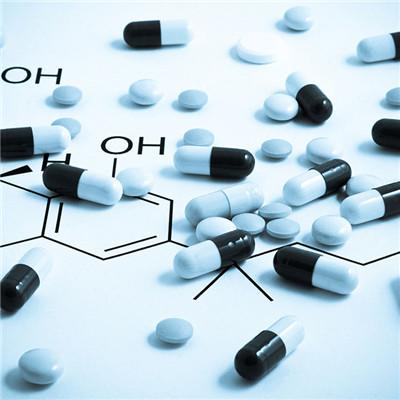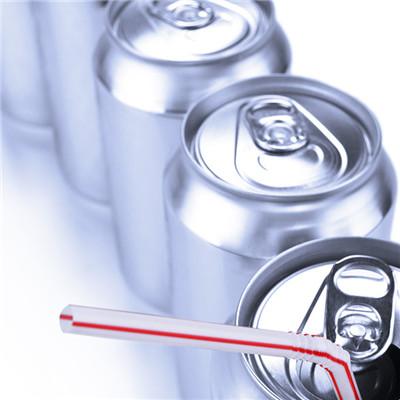How to treat galactorrhea?
summary
Excessive milk is an abnormal phenomenon of milk secretion during non lactation. It may be caused by some physiological diseases, or it may be caused by drugs or bad stimulation. Therefore, when this disease occurs, in addition to paying attention to breast health, we should also find out the causes and targeted treatment. How to treat galactorrhea? Let's talk about it now.
How to treat galactorrhea?
First, the common causes of galactorrhea are hypothalamic and nervous system diseases, pituitary tumors. Hypothyroidism, drug effects (contraceptives, reserpine, chlorpromazine, etc.), and breast stimulation, these factors directly or indirectly make the hypothalamus prolactin release inhibitor insufficient or pituitary prolactin secretion increased, leading to lactation. In both sexes, prolactinoma is the most common secreting tumor of pituitary gland that produces excessive PRL. In women, the majority of tumors are microadenomas (diameter < 10 mm), but a few are macroadenomas (diameter > 10 mm). The incidence of microadenomas in men is very low, because most of them are found later

Second, patients with macroadenoma are usually treated with bromocriptine or surgery, but the whole pituitary function test must be carried out after consultation with endocrinologists, neurosurgeons and radiotherapy experts. Most endocrinologists take bromocriptine as the first choice for initial treatment, Bromocriptine is also often used before surgery to reduce the size of the tumor to some extent. Evidence suggests that bromocriptine alone is sufficient for patients with large adenomas less than 2 cm in diameter and high PRL levels

The main problem of radiotherapy is hypopituitarism several years after treatment. After treatment of macroadenoma, the endocrine function should be observed for life (at least once a year) and the sella turcica should be evaluated

matters needing attention
Diet should be regular and reasonable, that is, high protein, high vitamin food. Choose plant or animal protein with high nutritional value, such as milk, eggs, fish, lean meat, various bean products, etc.














